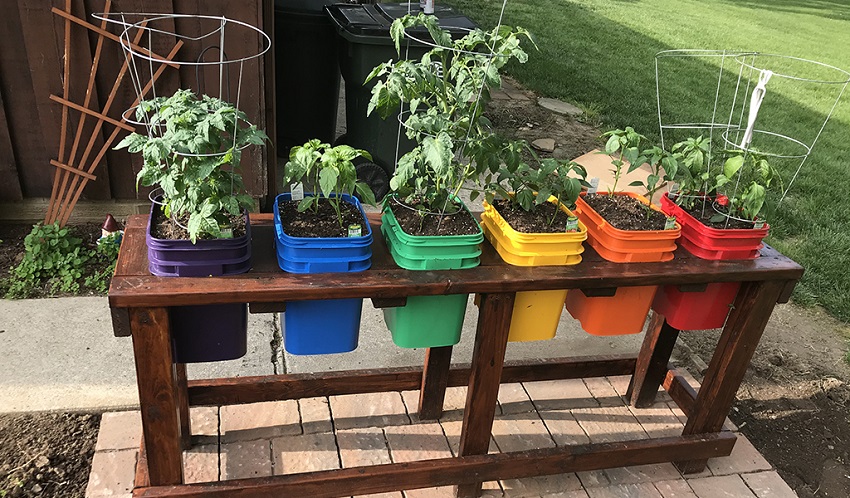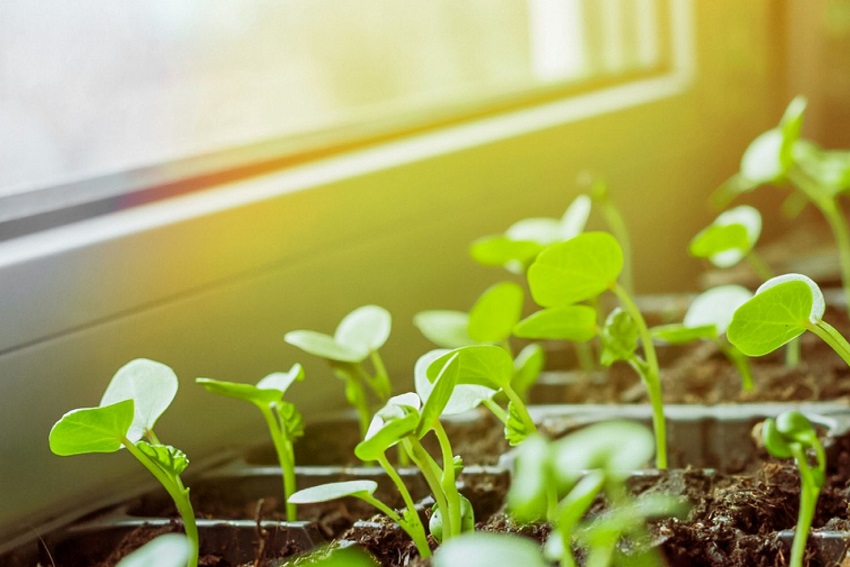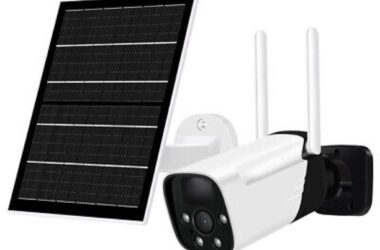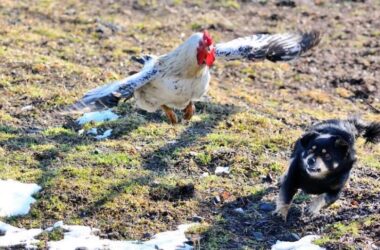If you’re new to gardening or looking for a straightforward approach to planting, you’ll be glad to know that there are several common and easy methods to get started. Whether you have a spacious backyard or a small balcony, planting can be a fulfilling and enjoyable activity. In this article, we will explore the most common and easiest method of planting, providing you with the knowledge and inspiration to begin your own green oasis. The article is published by https://shahraradecor.com/
The Joy of Planting
When it comes to planting fruit trees, there are a few tips you should keep in mind. First and foremost, make sure you choose the right location for your tree. Fruit trees need plenty of sunlight and well-draining soil to thrive. Additionally, it’s important to plant your tree at the right time of year. For most varieties, early spring is the best time to plant. Finally, be sure to water your tree regularly and provide it with the proper nutrients. With these tips for planting fruit trees in mind, you’ll be on your way to growing delicious fruit in no time!
Method 1: Direct Seeding
Direct seeding is one of the simplest and most common methods of planting. It involves sowing seeds directly into the soil or a container. Here’s how you can do it:
- Prepare the Soil: Start by preparing the soil or potting mix. Ensure it is loose, well-drained, and enriched with organic matter.
- Select the Seeds: Choose the seeds you want to plant based on the type of plants you desire. Consider factors such as the climate, sunlight requirements, and available space.
- Sow the Seeds: Follow the instructions on the seed packet for the appropriate sowing depth and spacing. Make small holes or furrows in the soil, place the seeds, and cover them gently.
- Water and Care: After sowing, water the seeds gently to keep the soil moist. Provide adequate sunlight and regularly monitor the moisture levels. Once the seedlings emerge, thin them if necessary to maintain proper spacing.
Method 2: Transplanting Seedlings
Transplanting seedlings is another popular method, especially when you want to give your plants a head start or if you don’t have the option to sow seeds directly. Follow these steps to transplant seedlings successfully:
- Start Seeds Indoors: Begin by starting your seeds indoors in seed trays or pots. Provide them with a warm and well-lit environment to encourage healthy growth.
- Harden Off Seedlings: Before transplanting, harden off the seedlings by gradually exposing them to outdoor conditions. This process helps them adjust to changes in temperature and sunlight.
- Prepare the Planting Area: Choose a suitable location in your garden or container for transplanting. Ensure the soil is well-prepared, free of weeds, and enriched with compost or organic matter.
- Transplant Seedlings: Gently remove the seedlings from their containers, taking care not to damage the roots. Dig a hole in the planting area, place the seedling in it, and cover with soil. Water the seedlings after transplanting.
Method 3: Container Gardening
If you have limited space or want to beautify your balcony or patio, container gardening is a fantastic option. It allows you to grow a wide variety of plants in pots, containers, or hanging baskets. Here are the steps to create your container garden:
- Select Suitable Containers: Choose containers with drainage holes and appropriate sizes for your plants. Consider the material, such as terracotta or plastic, and ensure they provide enough room for root growth.
- Choose the Right Soil: Use a high-quality potting mix or create a blend of compost, perlite, and vermiculite for good drainage and nutrient retention.
- Select Your Plants: Pick plants that suit the size of your containers and the amount of sunlight they will receive. Consider the watering needs and the compatibility of different plants if you plan to combine them.
- Plant and Care: Fill the containers with soil, leaving enough space for the roots. Plant your chosen plants and water them adequately. Place the containers in an area with suitable sunlight and regularly monitor their water and nutrient requirements.
Conclusion
Planting is a fulfilling and rewarding activity that brings beauty and joy to your surroundings. Whether you choose to sow seeds directly, transplant seedlings, or embrace container gardening, the most common and easiest method of planting depends on your preferences, available space, and desired plants. Remember to provide proper care, water your plants regularly, and enjoy the process of watching them grow.
FAQs
- How often should I water newly sown seeds?
Newly sown seeds should be watered gently and regularly to keep the soil moist but not waterlogged. Follow the instructions on the seed packet for specific watering guidelines.
- Can I transplant seedlings during the summer?
Transplanting seedlings during the summer can be challenging due to the high temperatures and potential stress on the plants. It’s best to transplant during cooler periods, such as spring or fall, when the plants are more likely to establish themselves successfully.
- Which plants are suitable for container gardening?
Many plants thrive in containers, including herbs like basil and mint, flowering plants like petunias and geraniums, and vegetables like tomatoes and peppers. Choose plants that are well-suited to the container size and the available sunlight.
- How often should I fertilize my container garden?
Container gardens generally require more frequent fertilization than plants in the ground. Follow the instructions on the fertilizer packaging for the recommended application frequency and dosage.
- Can I use recycled containers for planting?
Yes, you can repurpose various containers for planting, as long as they have drainage holes and are clean and safe for plant growth. Just make sure to provide adequate drainage to prevent waterlogging.






